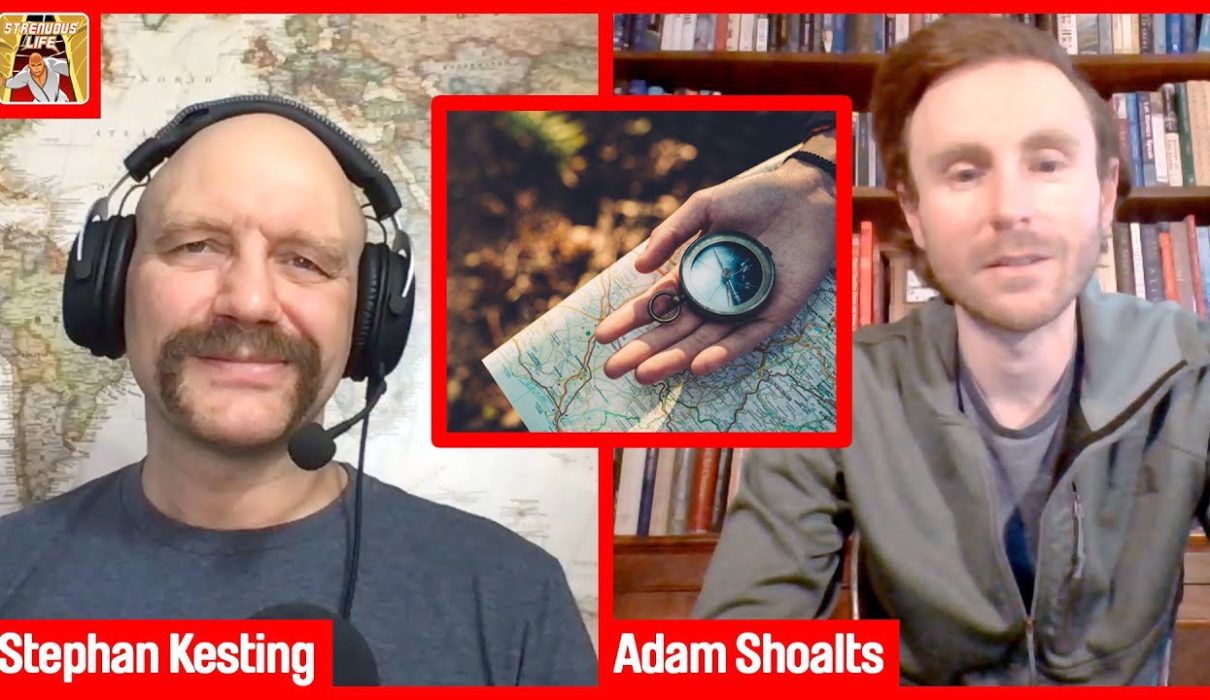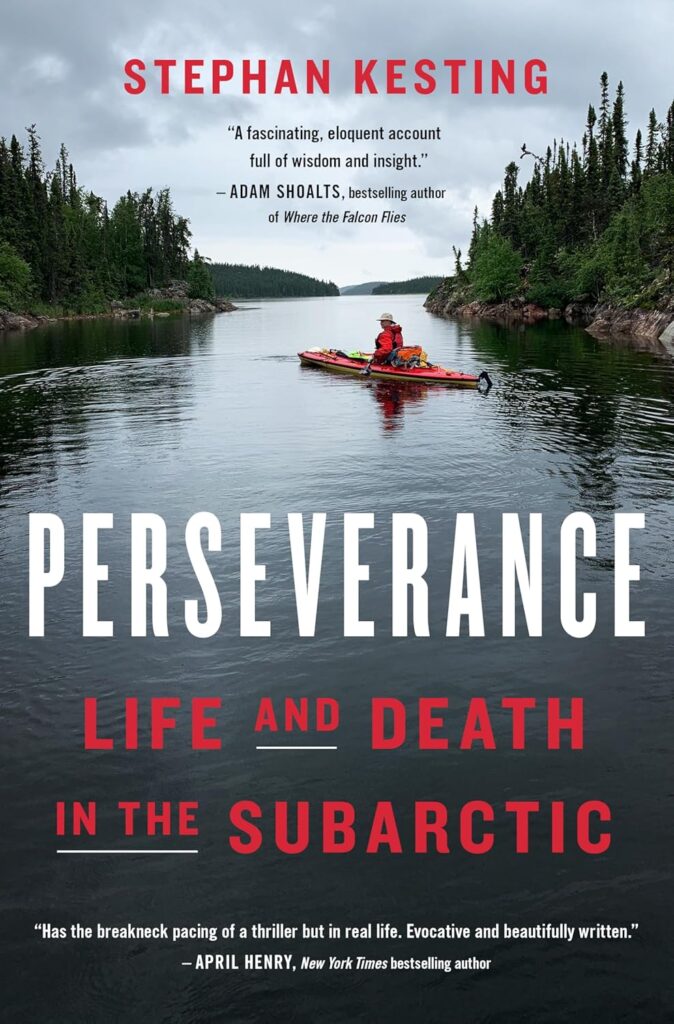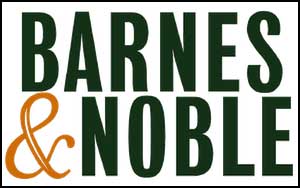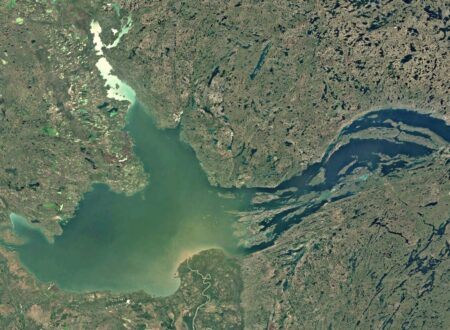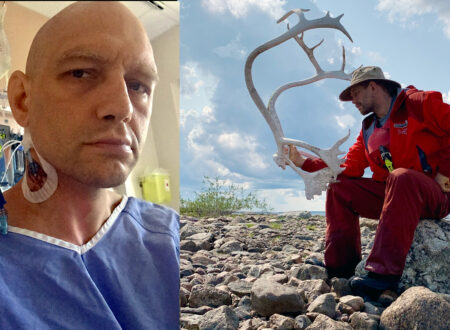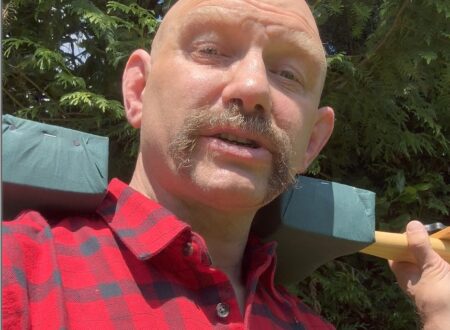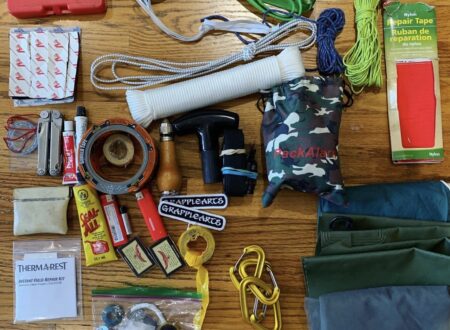I recently spoke with explorer and author Adam Shoalts about the role intuitive navigation plays in the wilderness.
Here’s the video of that conversation, and the summary of the main points are below the video. Enjoy!
Summary of Intuitive vs GPS Based Navigation
It’s obviously a huge asset if you can learn to navigate intuitively, which is just reading the landscape and using the sun. It might sound daunting to acquire this skill, but it is relatively straightforward. The more you can navigate intuitively the better it will be – if you study the map before you leave home and have that mental image in your mind, the more you are able to seamlessly transfer it to what you’re actually looking at so you don’t need to consult the map every 10 minutes.
Intuitive navigation is a great skill to have as you don’t have to constantly fiddle with a GPS or map and allows you to cover vastly greater distances as opposed to someone who needs to wait for the GPS to power up. Especially in the wilderness where there are no cell towers, and with the small screens on GPS units that are often hard to see in detail when there’s glare from the sun.
Learning to navigate intuitively is intensely practical, it will help you in countless ways on any canoe trip or journey.
Natural navigation can also provide a second option, because maps and GPS can be incorrect. Adam’s GPS was wrong on his trip in Labrador because the landscape he was travelling through had been changed by beavers. The GPS was showing a water course connecting these lakes, but this part of the lake no longer existed. Decades ago beavers had built dams and over time dams can become solid and these ones had trees that had grown on them and rocks and sediment had accumulated on them, so the landscape wa just nothing like the GPS, it had become different over time.
Neither Adam nor I are saying you shouldn’t use a GPS, though. When Adam goes on expeditions he has a GPS, topographic maps and a compass as well. You should use all of them, but the natural navigation works in conjunction with the GPS. In some ways, if you become dependant upon the GPS it will make your task harder because now you’ve got to follow this small screen to find where you left your backpack at the portage. But in the forest there are no trails, and you’ll be constantly stumbling over boulders or fallen down trees and other objects that are obstacles.
In terms of navigating, learning to do things the old fashioned way can make it easier and more enjoyable.
On the flip side, the GPS has also been a lifesaver on portages when a forest fire has gone through and a bunch of jack pine has come up and it’s all 15 feet high for as far as the eye can see and it’s super dense. You can tell which direction is north or south from the sun, and that’s about it. So using the GPS in a situation like that is a god send.
Overall, the advice that both Adam and I would give is to use both – intuitive navigation as well as GPS, hand in hand.
If you enjoyed this snippet then check out the entire interview with Adam in video format on my youtube podcast channel and/or in audio podcast format as episode 374 of The Strenuous Life Podcast. You can also listen to the audio-only format of the episode on your podcast player.
It’s on all major podcast platforms, but here are some of the links to get you started…
- Apple Podcasts
- Google Podcasts
- Spotify Podcasts
- Stitcher,
- And most other podcast players
More Adam Shoalts
Follow Adam at Instagram @adam_shoalts and check out his website at adamshoalts.com.
Also check out the first and the second interviews I did with Adam before this one!
CHECK OUT MY NEW BOOK, PERSEVERANCE, LIFE AND DEATH IN THE SUBARCTIC!
Perseverance, Life and Death in the Subarctic, is the story of my 42-day solo expedition across the Canadian Subarctic after coming back from the brink of death. On this trip, I encountered bears, storms, forest fires, and raging rapids, and had to find new ways to unlock new levels of endurance and tenacity.
I’ve been told it’s a great adventure story, has lots of useful tips and tricks for the outdoors, and is an inspiring read as well. I’d be honoured if you check it out at the bookstore of your choice or at the links below…


